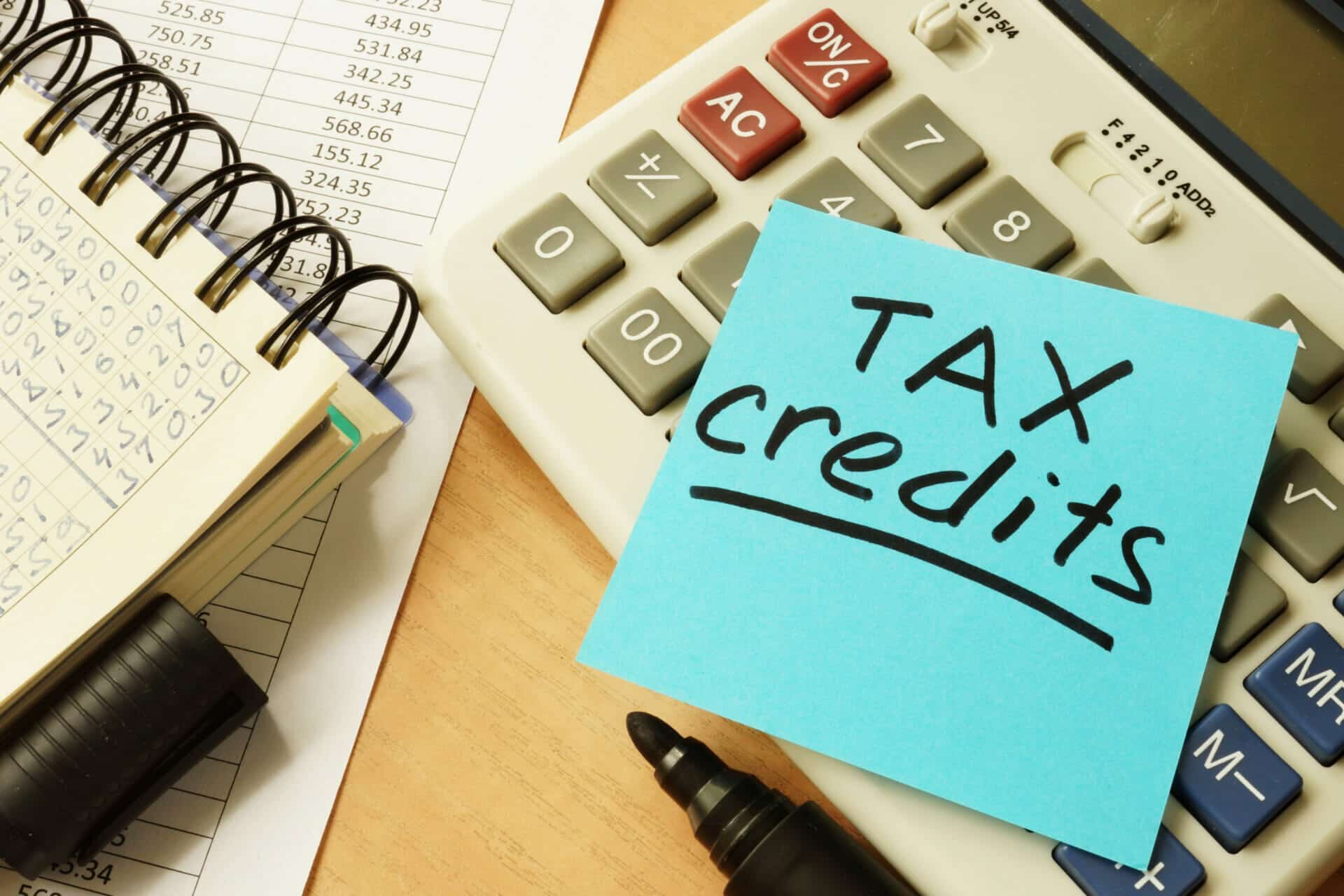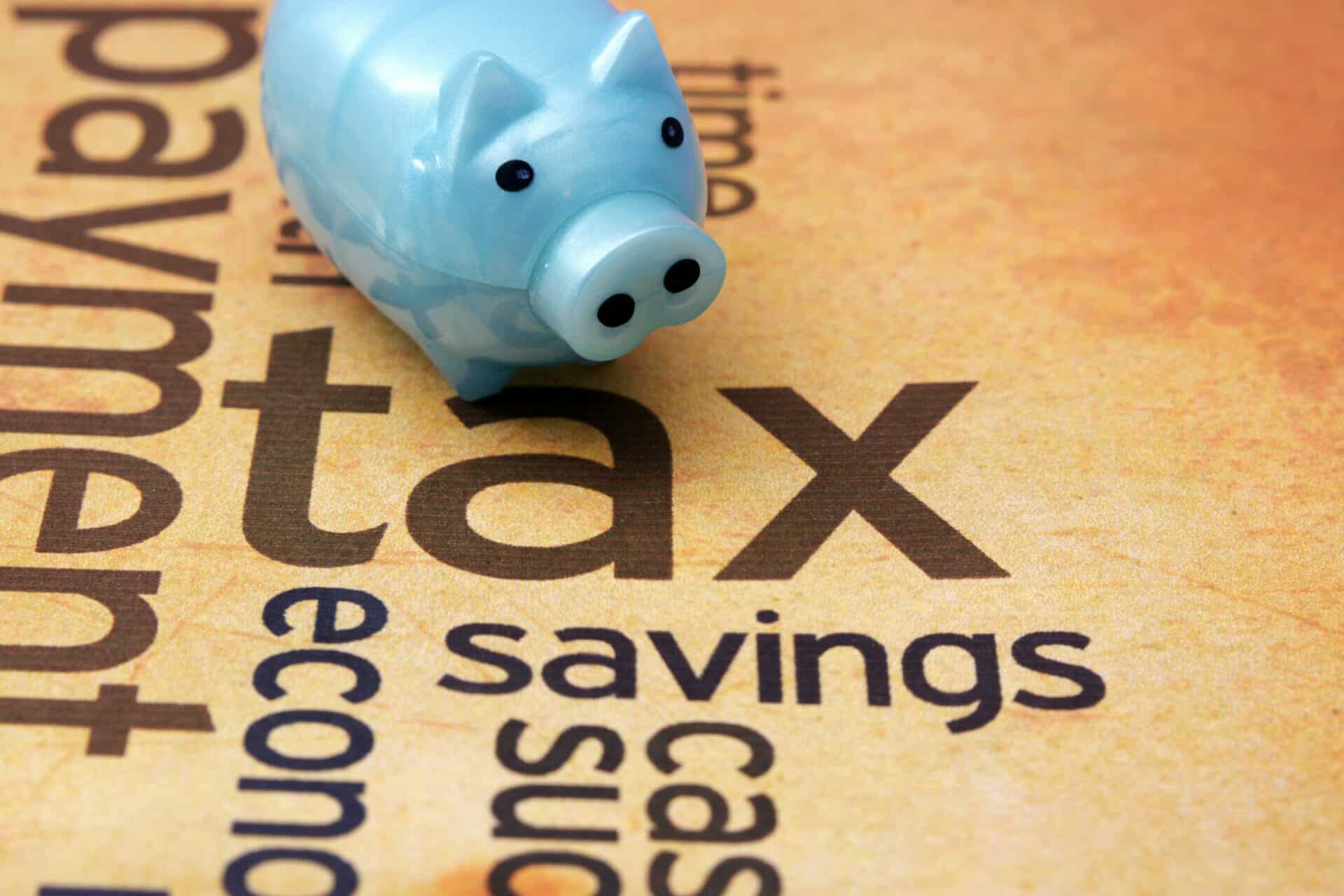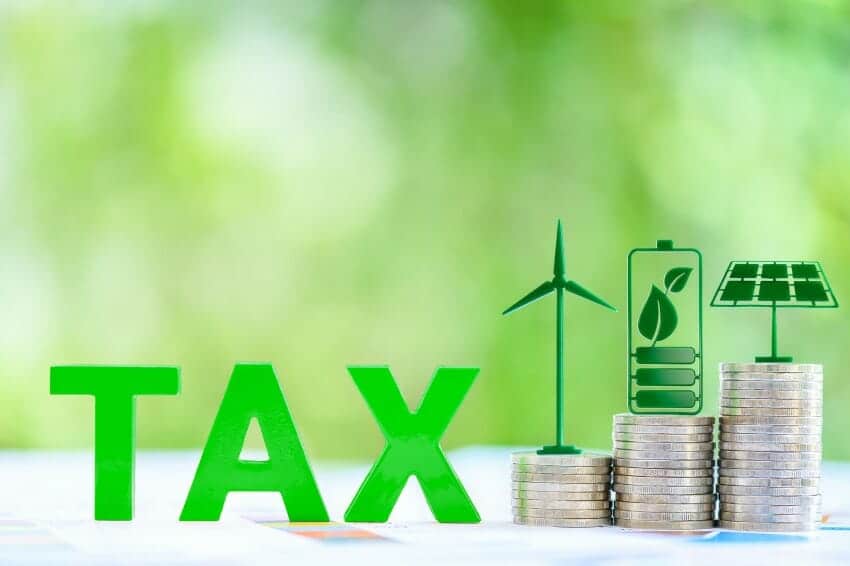Author:
Recently the Federal Government passed the Inflation Reduction Act of 2022. This new law gave homeowners in America a Solar Tax Credit Extension through 2034. The Solar Tax Credit Extension is part of the government’s plan to encourage Americans to use green, renewable energy sources in their lives. The Inflation Reduction act also updated and extended the Energy Efficient Home Improvement Credit. This gives tax credits for items such as energy-efficient windows, skylights, exterior doors, and air sealing. It also updated the Clean Vehicle Credit, which provides Americans with tax credits when purchasing Electric Vehicles (EV).
Click HERE to view more information on the Solar Tax Credits.
Solar Tax Credit Extension – Inflation Reduction Act of 2022
The Solar Tax Credit Extension occurred when the House of Representatives Bill 5376 (”H.R. 5376”), also known as the “Inflation Reduction Act of 2022”, became law on August 16, 2022. This updated two sections of Title 26 of the United States Code. This Title of the United States Code is the Internal Revenue Code. The Solar Tax Credit Extension occurred through the update of Title 26 Section 25D of the United States Code. This section of the law was previously named the Residential Energy Efficient Property Credit, but the legislature updated the name to the Residential Clean Energy Credit to increase clarity and understanding.
Schedule Your Free Solar Consultation
Solar Tax Credit Extension Through 2034
The Solar Tax Credit Extension is to to December 31, 2034. There is a new Tax Credit step down program:
- After December 31, 2021, and before January 1, 2033: The Tax Credit will be 30 percent.
- After December 31, 2032, and before January 1, 2034: The Tax Credit will be 26 percent.
- After December 31, 2033, and before January 1, 2035: The Tax Credit will be 22 percent.
Rollover of Tax Credit to Subsequent Tax Years
Taxpayers still have the ability to spread out the Tax Credit into subsequent years through 2034. What this means is that if you receive a $10,000 Tax Credit from purchasing a solar system, but you only have $5,000 of Federal income tax liability in 2022, you can use $5,000 of the Tax Credit in 2022 and use the remaining $5,000 in subsequent years.


Battery Storage Technology Tax Credit Starting in 2023
The Inflation Reduction Act created a Battery Storage Technology Credit. This credit is 30% of the total battery cost. Previously, taxpayers could not claim solar batteries like the Tesla Powerwall for the Tax Credit when they bought it with a solar system.
In order to qualify for the Tax Credit, the solar battery must have a capacity of 3 kilowatt-hours (kWh) or more. Taxpayers can claim this Credit for any home they use as a residence, which is different than other Credits in the law that require the installations be done at the Principal Residence.
The new Battery Storage Technology Credit does not begin until after December 31, 2022. Any solar batteries purchased by taxpayers before that date are not eligible to be claimed for the Credit.
What Did Not Change in the Solar Tax Credit Extension
Solar roofing tiles still qualify for the Tax Credit. This means that Tesla Solar Roofs and other solar tiles that act as solar panels and roofing qualify for the Solar Tax Credit.
Non-solar roofs still do not qualify for the Tax Credit and Section 25D(e)(2) of the law makes this clear. Many solar salespeople across the country think that homeowners can take the 30% Tax Credit on a roof if they sell the homeowner a solar system and roof in the same deal. They are wrong, and they’ve always been wrong on this one, even before this recent update. It is important that homeowners do their own research when going solar at their home, as many solar salespeople will embellish certain things to make the purchase of a solar system appear more attractive.
The following items still qualify for the Residential Clean Energy Credit:
- Qualified solar electric property expenditures,
- Qualified solar water heating property expenditures,
- Qualified fuel cell property expenditures,
- Qualified small wind energy property expenditures, and
- Qualified geothermal heat pump property expenditures.
Qualified Solar Electric Property Expenditures are purchases of property that use solar energy to generate electricity for a home used as a residence.
To qualify, Solar Water Heaters must be certified for performance by the non-profit Solar Rating Certification Corporation or a comparable entity endorsed by the government of the State in which such property is installed. Labor costs, piping, and wiring associated with installing the solar system are still included in the Tax Credit.
Homeowners in Cooperative Housing or Condominiums
If people live in cooperative housing or condominiums, and their complex installs a solar system for the entire complex’s energy, each individual owner can claim the 30% tax credit of the entire cost of the Solar System in proportion to their ownership. So, if there are 100 units, 1 owner can claim 1% of the total Tax Credit for the entire project. The Tax Credit can only be claimed in the year the solar system was installed, and subsequent years if it is carried over. It cannot be claimed for years prior to the installation year.


